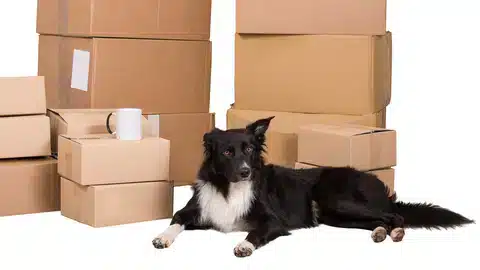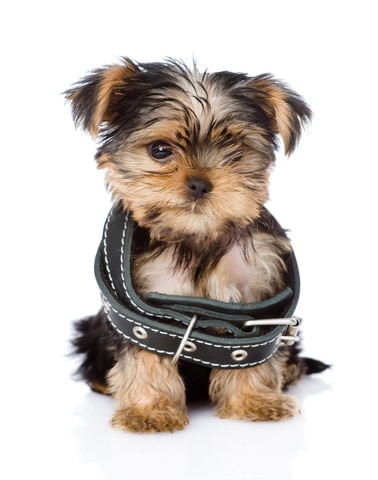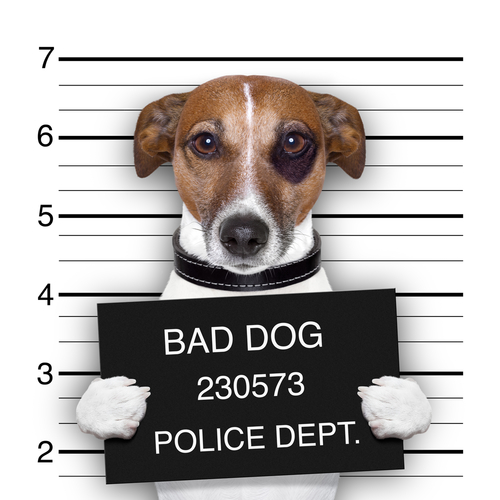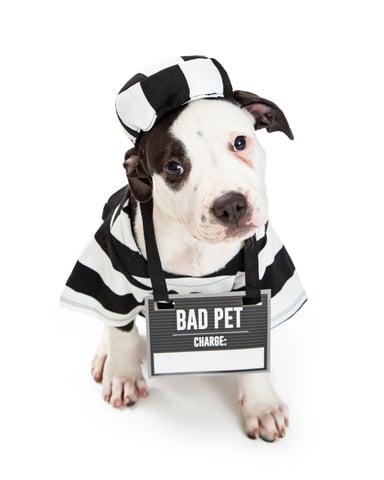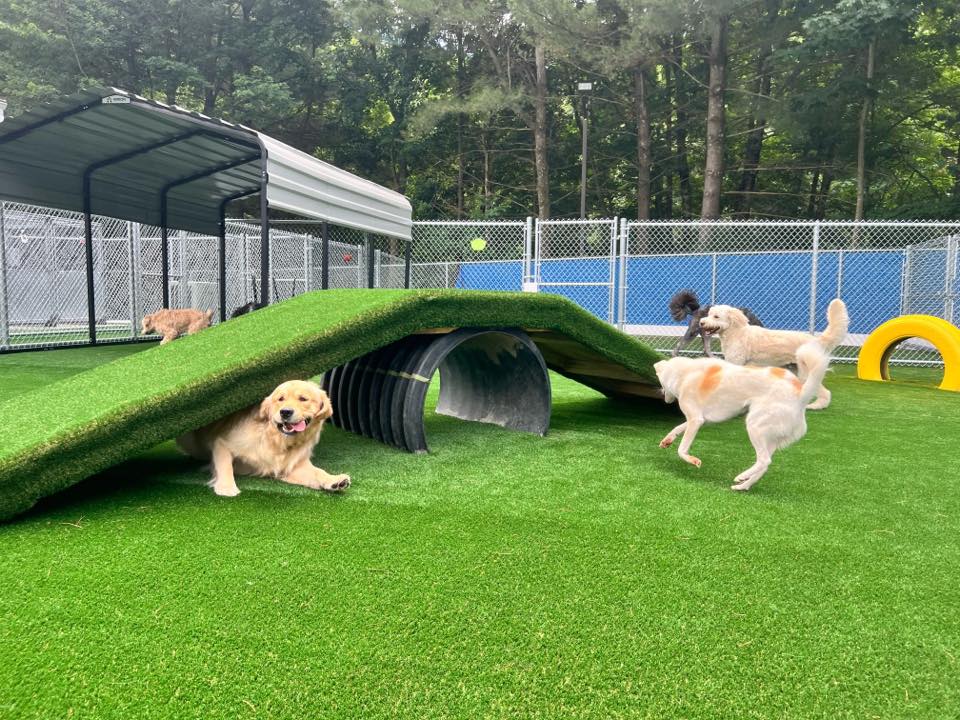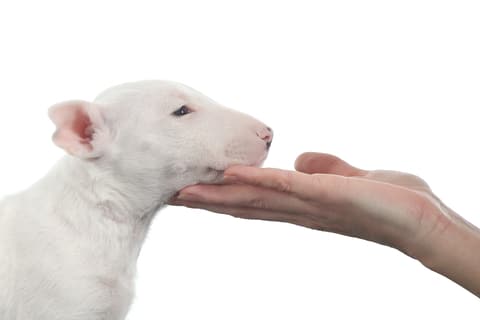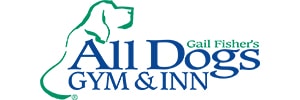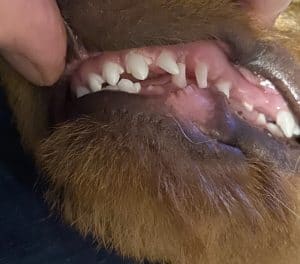
Brio, my Basset Fauve de Bretagne puppy, is almost five months old, which is considered early adolescence. I have a toybox in the family room that is filled to overflowing with dog toys accumulated over many years. Brio pulls toys out of the toybox, making piles of multiple toys that he loves to lie on and chew.
He enjoys pulling things apart. Brio has de-skinned a bunch of tennis ball toys, and unbraided several tug toys. In the past couple of weeks, he has shown a preference for hard toys like Nylabones and antlers. This is to be expected, as adolescent changes include teething.
The first of two distinct teething periods begins when the deciduous “milk” teeth fall out. The milk teeth are like sharp instruments of torture, designed by Nature for a specific purpose—to hurt. The puppy teeth cause pain, and do the job well. When a puppy first gets his milk teeth, he starts to use them during nursing. In addition to suckling, he will bite his mom, causing pain. She then tells him off, which is his first lesson is learning to accept discipline. It is also an important lesson in learning about his mom’s body language when she is about to provide that discipline. These are important lessons that teach the puppy bite inhibition and recognizing adult body language.
Another important purpose for milk teeth is to facilitate weaning. Mom doesn’t want those teeth biting her anymore, so she begins the weaning process.
Once the puppy is weaned, and hopefully the behavioral lessons have been learned, the puppy no longer needs these short-rooted, small teeth. Sometime between four and six months of age, the deciduous teeth are replaced by beautiful, white adult teeth. Last week I found a small molar on the rug and I can see Brio’s adult teeth coming through – starting with his lower incisors. So he is right on schedule.
The adult canine teeth, the four longer fangs, are not nearly as sharp as the puppy canines. But even once all his adult teeth have replaced the sharper puppy teeth, it’s too soon to heave a sigh of relief, because teething isn’t over. I still have the second teething period to look forward to which reaches its height between seven and ten months of age.
In the second teething period, the dog’s adult teeth are setting in the jaw, marked by the dog’s absolute need to chew hard things. I remember when I was cutting my wisdom teeth, and how good it felt to chew gum really hard. My guess is that this is similar to what dogs feel during this teething period.
Brio is still in his puppy investigative and potentially destructive period. If I don’t pay attention, he’ll chew the carpet edge, or the sofa skirt. Things I can put out of his reach I do move, knowing that in a few months, he’ll be more likely to ignore them. So in a few months, once I think Brio is past this destructive stage I’ll get my house back in order rather than living in a fortress of “adolescent arrangements.”
In the meantime, as Brio enters early adolescence, I’m providing him with the hard objects he needs to chew. I also continue to manage his behavior to keep him from chewing the corners of cabinets, rugs or furniture. Once Brio has finished both teething periods, I should be able to relax some management protocols and live normally once again.
